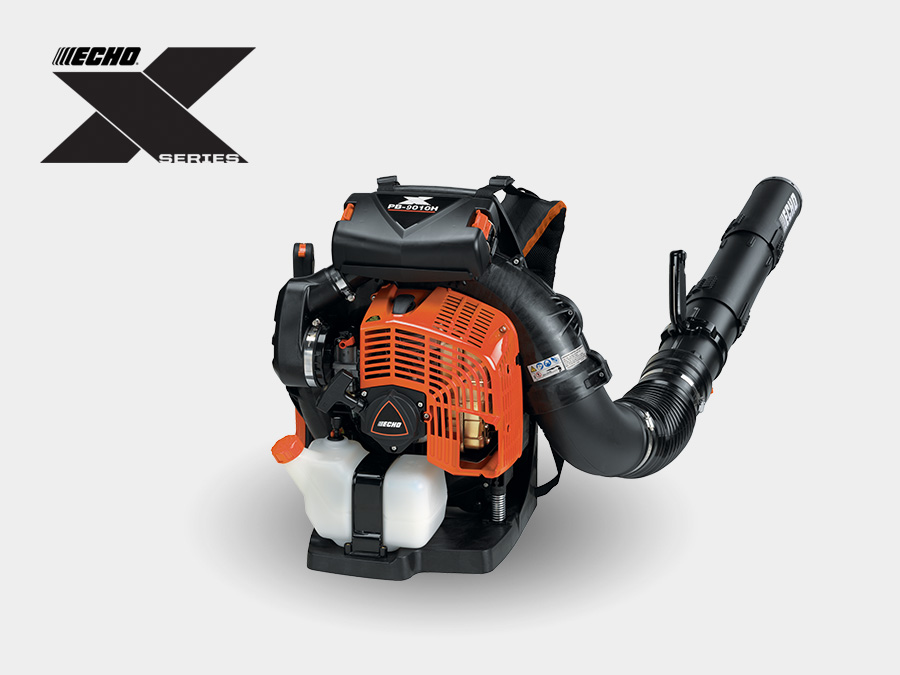I was running my Stihl BG 86 hand-held blower the other day, when there was a sudden change in pitch, which I interpreted as the thing rapidly leaning out but could have really been anything. As quickly as I could reach my thumb to the throttle down / off switch, the thing seized.
The facts:
The theories, in my opinion as most likely to least likely:
The plans:
The facts:
- I've owned this more than 5 years, maybe even close to 10 years.
- I replaced the carburetor with a non-OEM Buckbock C1M-S261B in October 2020.
- I've made no recent adjustments, everything was running well.
- I don't believe I straight-gassed it, I've never done that to any machine, and it was filled from the can which I use for 2-stroke only.
- I use this machine perhaps 30-45 minutes per week, except a few weekends each fall where it may see several hours per week.
- It had been running near full throttle (as leaf blowers do) approximately 15 - 20 minutes when it seized.
The theories, in my opinion as most likely to least likely:
- Something suddenly failed in the cheap replacement carburetor, after nearly 2 years' use?
- I accidentally forgot to put 2-stroke oil into my last fill of the can I use for 2-stroke machines? This is horrifying, as I'm running other more expensive equipment off the same fuel.
- My carburetor settings have been off for years, and it eventually did itself in?
The plans:
- Try to free the seized piston? Would still require figuring out what went wrong.
- Just replace the damn thing, and move on. It's only $250 new, has lived a good life, and is likely almost as expensive to repair as to replace (plug + jug + carb + wasted time). I'm also in the middle of some bigger stuff, and can't really afford the distraction, or to be without the thing until I'm free to work on it.
- Save it to rebuild later, to either keep as a spare or sell.
- Dump the 2-stroke mix I have now (dilute into 15 gallons of straight fuel), and mix up a new batch.
- Evaluate damage to other machines. Can I get the fuel analyzed? Should I just pull mufflers and inspect? Should I just leave well enough alone?


![[Hearth.com] 2 stroke seized! [Hearth.com] 2 stroke seized!](https://www.hearth.com/talk/data/attachments/297/297001-5545b8bae9bdd9cbe5bbce6302dbd686.jpg?hash=svVr4PFeuy)
![[Hearth.com] 2 stroke seized! [Hearth.com] 2 stroke seized!](https://www.hearth.com/talk/data/attachments/297/297002-7807fb7edae12777553f66bd7a0681a9.jpg?hash=wMOCpxp6Fj)
![[Hearth.com] 2 stroke seized! [Hearth.com] 2 stroke seized!](https://www.hearth.com/talk/data/attachments/297/297007-155571b00e6334eed5cb91d5f72e6ef7.jpg?hash=fD7dP9z6cA)


 Just kidding.....
Just kidding..... It was the largest one out back when I bought it years ago....most CFM. I believe Echo now has one which flows a bit more CFM now though. Mine is -WAY- overkill for what a typical residential homeowner would want when looking to simply clean up grass clippings and such. Those smaller handhelds are the way to go.
It was the largest one out back when I bought it years ago....most CFM. I believe Echo now has one which flows a bit more CFM now though. Mine is -WAY- overkill for what a typical residential homeowner would want when looking to simply clean up grass clippings and such. Those smaller handhelds are the way to go. 


![[Hearth.com] 2 stroke seized! [Hearth.com] 2 stroke seized!](https://www.hearth.com/talk/data/attachments/297/297035-bdcd90778a948aa8b372587898e61a7a.jpg?hash=IGkR8LJKxJ)
![[Hearth.com] 2 stroke seized! [Hearth.com] 2 stroke seized!](https://www.hearth.com/talk/data/attachments/297/297036-13f78bb68779da2d5c8111a3d1ac7508.jpg?hash=1r4mXyL6JF)